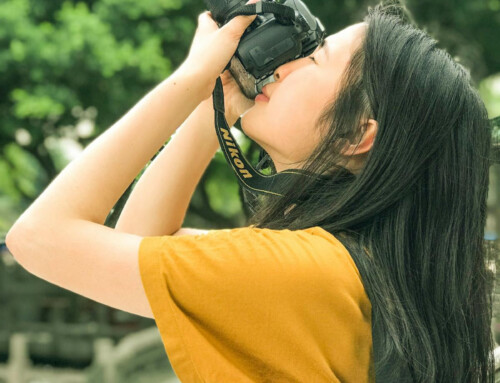Often when someone copies all or part of somebody else’s copyrighted material, they think they have a defense to any copyright infringement claim because of the doctrine of “fair use.” Unfortunately, in many situations, it’s not that easy to know whether the copying would actually be considered “fair use,” and the result may be a lawsuit.
Just a few weeks ago, the Estate of Michael Jackson filed a copyright infringement suit against The Walt Disney Company and ABC. Disney’s prime-time two-hour TV program, “The Last Days of Michael Jackson,” which aired on ABC, was a look back at Michael Jackson’s life and career.
Instead of seeking a license, Disney relied on the fair use doctrine when it included parts of at least 30 different Michael Jackson works in its documentary. These included portions of music (including “Billie Jean,” “Don’t Stop ‘Til You Get Enough,” “Thriller,” and “Beat It”), music and other videos, concert footage, as well as parts of the Estate’s films, “This Is It” and “Michael Jackson’s Journey from Motown to Off the Wall.”
The Estate claims that Disney’s infringement was “flagrant and willful,” and its complaint requests among other things, maximum statutory damages ($150,000 per infringement, if the infringement is willful) and attorney fees.
According to the complaint filed by the Estate, before the program aired, the Estate contacted Disney’s attorney, who said that all of its uses were fair uses, because the program was a documentary.
The term “fair use” isn’t even defined by the copyright statute. Rather, the statute says that in order to determine whether copying is a fair use, at least the following four factors must be considered:
1. The nature of the original work;
2. The nature and purpose of the use, including whether it is for commercial use or for nonprofit educational purposes and whether the use is “transformative” (adding something new);
3. The amount and substantiality of the portion used in relation to the original work as a whole; and
4. The effect the copying would have on the market for, or value of, the original work.
As you can see, there are no “bright line” rules defining fair use. Rather, a court must weigh various factors on a case-by-case basis. Even the courts have difficulty coming to agreement on whether a use is a fair one. Because this case was only recently filed, it’s likely to be a long time before it is resolved.
Fair use is merely a defense to a lawsuit, which means that you will have to spend time and money defending that suit. Unless you can prove the case was frivolous, you will not be entitled to recover your expenses.
In most cases, instead of relying on fair use, it would be more sensible to initially contact the copyright owner and request permission to use the work, either for free or for a payment. If music is involved, there may be a so-called “compulsory license,” but this license only covers certain situations and requires strict adherence to the rules.
Please feel free to contact us if you’re in doubt as to whether your copying of someone else’s work – or their copying of your work – is likely to be found a fair use or an infringement, or if you need help obtaining a license to use someone else’s work.





